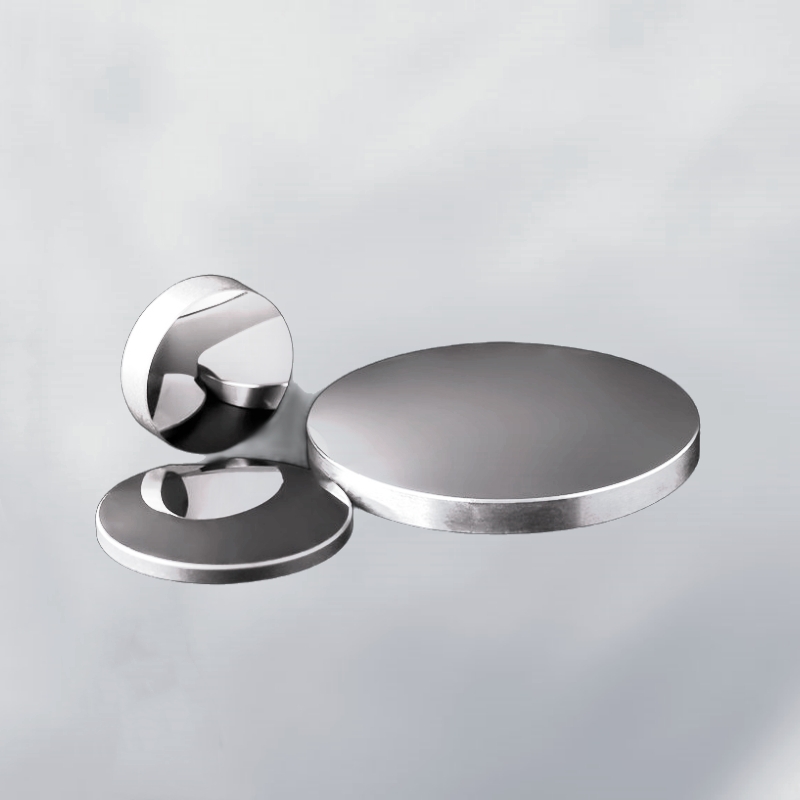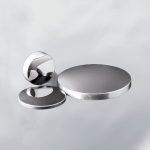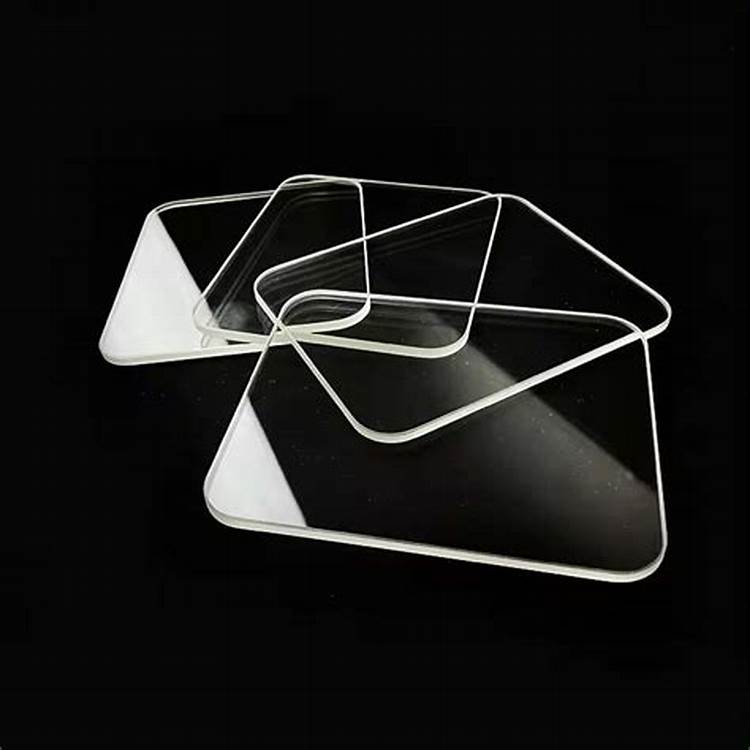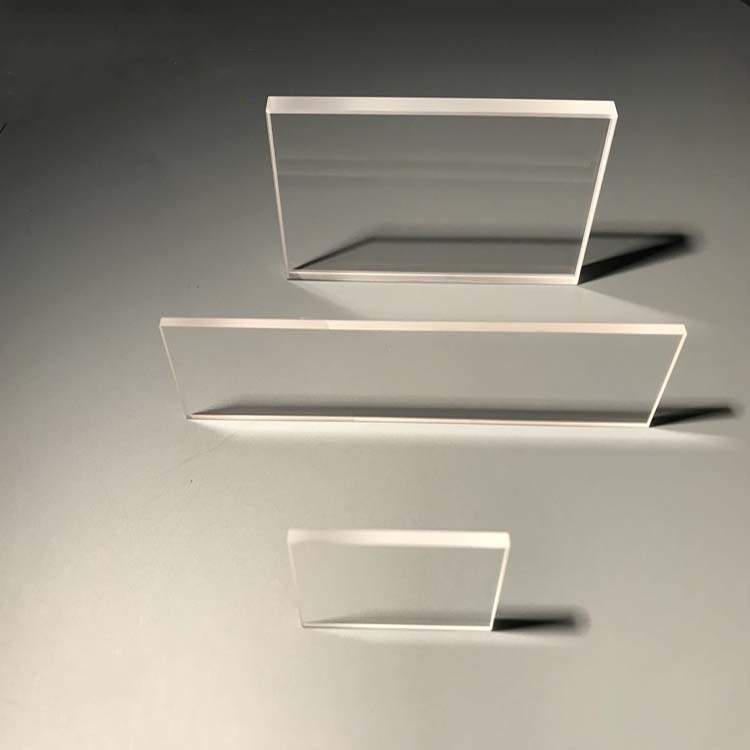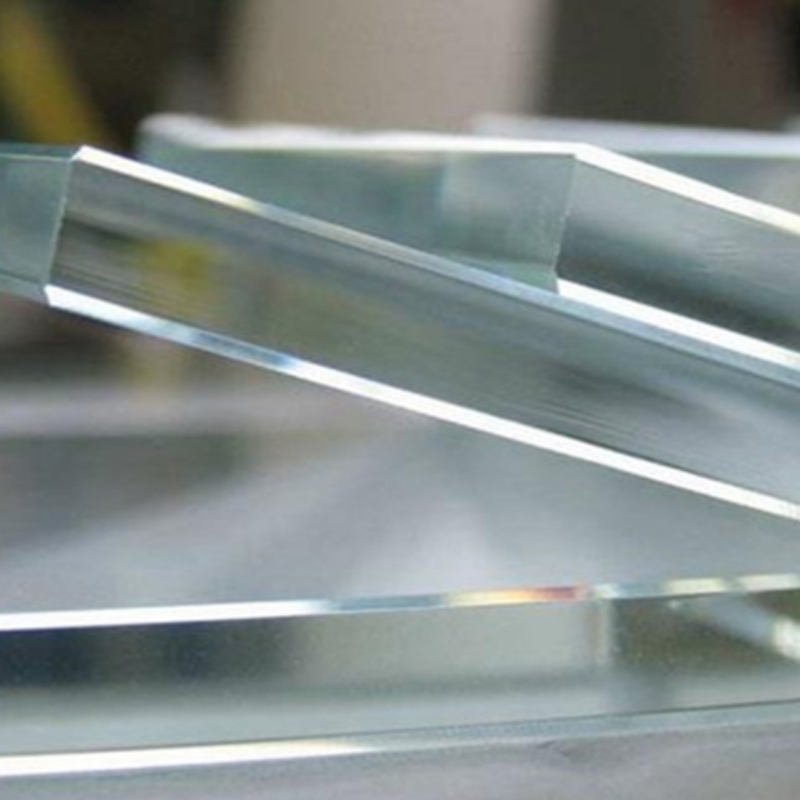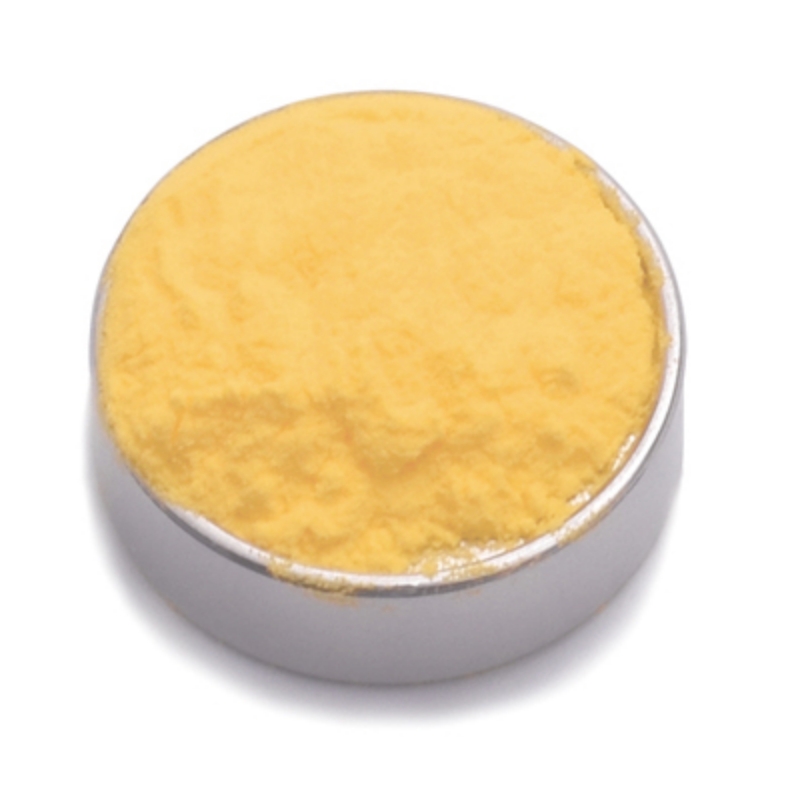Silicon crescent lens is a precision optical component designed for specialized light refraction, beam manipulation, and enhanced image correction. Manufactured from high-purity crystalline silicon, it offers exceptional optical clarity, minimal distortion, and excellent transmission across infrared wavelengths. This uniquely shaped lens is widely used in imaging systems, laser optics, industrial applications, and scientific research, ensuring superior optical performance for advanced optical configurations.
Product Overview
The Silicon Crescent Lens is a special optical lens made from high-purity silicon single crystal material. It features a crescent-shaped structure, with one surface convex and the other concave. This lens has exceptional optical properties, including high transmittance, low reflectance, and low absorption, particularly in the visible and infrared spectral ranges. Silicon Crescent Lenses are widely used in optical systems that require precise focusing, imaging, or reflection.
Key Features
- Excellent Optical Performance: The lens has high transmittance, low reflectance, and low absorption, making it suitable for both visible and infrared light applications.
- Adjustable Focal Length: Depending on the design, the focal length of the Silicon Crescent Lens can be either positive or negative.
- High Refractive Index and Low Dispersion: Suitable for high-precision optical systems, effectively minimizing chromatic aberration.
- Far-Infrared Performance: The lens exhibits excellent transmission in the far-infrared range, offering an advantage that other optical materials may not provide.
- Precision Manufacturing: Using high-precision processes such as cutting, grinding, and polishing, the lens ensures optimal optical performance and surface quality.
Applications
- LiDAR Systems: Used in LiDAR devices as a light path transmitting or reflecting element.
- Optical Sensors: Widely used in optical sensors as precise optical components.
- Spectrometers: In spectrometers, the Silicon Crescent Lens can be used for beam modulation and imaging.
- Optical Instruments: Applied in high-precision optical instruments such as telescopes and microscopes for lenses and mirrors.
- Laser Systems: In laser systems, it plays a role in beam focusing, collimating, or divergence.
- Solar Energy Applications: Can be used as a lens in solar energy systems to optimize light focusing and utilization efficiency.
| Optical Property | Value |
| Transmission Range | 1.2-15 μm |
| Refractive Index | 3.41776 @ 10μm |
| Reflection Loss | 46.1% @ 10μm |
| Structure | Single crystal, synthetic |
| Cleavage Planes | <111 |
| Physical Property | Value |
| Density | 2.33 g/cm³ |
| Melting Point | 1414 ℃ |
| Thermal Conductivity | 163 W/(m·K) @ 313K |
| Thermal Expansion | 2.6 × 10⁻⁶/K @ 293K |
| Knoop Hardness | 1100 kg/mm² |
| Specific Heat Capacity | 712.8 J/(kg·K) |
| Dielectric Constant | 13 @ f = 9.37 GHz |
| Young's Modulus | 130.91 GPa |
| Shear Modulus | 79.92 GPa |
| Bulk Modulus | 101.97 GPa |
| Poisson's Coefficient | 0.266 |
| Chemical Property | Value |
| Solubility | Insoluble |
| Molecular Weight | 28.09 g/mol |
| Property | Value |
| Diameter Range | 2-300mm |
| Focal Length | 15-5000mm |
| Thickness | 0.12-60mm |
| Surface Quality | 80-50, 60-40, 40-20, 20-10, 10-5 |
| Surface Flatness | λ/2, λ/4, λ/8, λ/10 |
| Clear Aperture | >90% |
| Coating | Customizable |
 new material
new material

